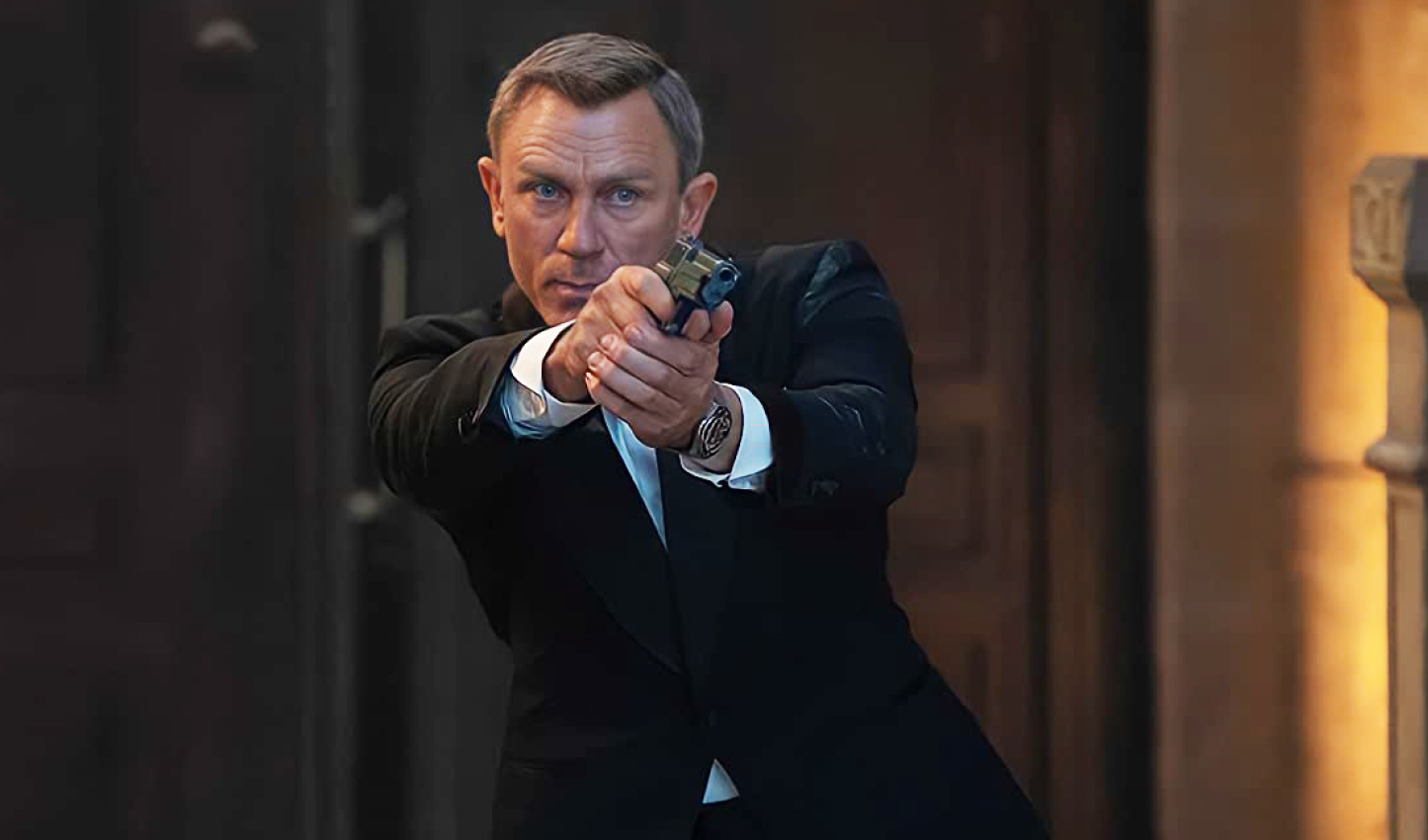
Daniel Craig in No Time to Die.
The final Craig movie feels swollen, portentous, like the skin of a balloon that can hold no more, while Craig himself gives a fabulous performance
No Time to Die, directed by Cary Joji Fukunaga, gives us a Bond so sensitive — tense limbs, tortured hands, and so much tenderness in the eyes — that we wonder if this Bond will survive! As it turns out, our fears are well-grounded. It is a good thing that the film did not show us a Bond rubbing away tears, or showing a tremor, although Bond does tear up when he puts Madeleine Swann (Léa Seydoux) on the train! It is said that Craig wanted to “slash his wrists” rather than play another Bond character after his experience on the sets of Spectre. I would be curious to know how Craig felt about having to work on the sets of this film to play this absurd combination of a vaguely-disgraced but still heroic and ultimately self-sacrificing Bond figure who is also, in keeping with our times, trying his best to be a sensitive beta-male. This film gives us Bond as a father, as an almost-old-man, who leads the way out of the old sexist despotism of the Bond genre into a new utopia of enhanced equality.
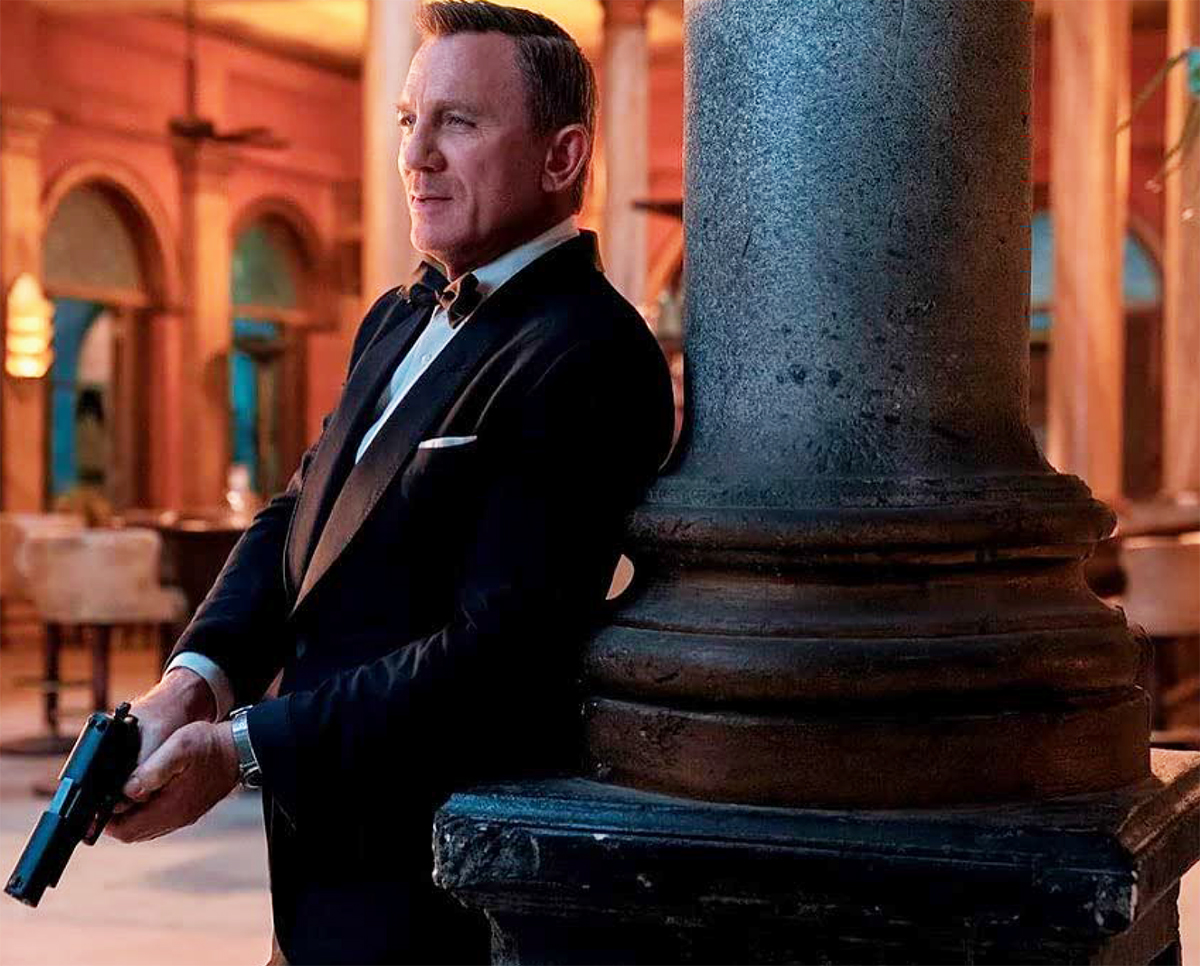
For loyal Bond fans, the enjoyable part of a Bond film was the “escapist” part of the movie — the death-defying action scenes which get our hearts thumping with their Houdini-like magical escapes and appeal to our subliminal predilection for violence. But the James Bond movies are also fundamentally about humor. That is its essential genre. Humor as a conceptual structure, not just as something funny, a humor that the audience understands and connects with. We could call it escapism but it is more complex than that. It is a kind of hyperbole that we enjoy when we read humorists like Saki or Wodehouse. As Malcolm Muggeridge puts it in Tread Softly For You Tread on My Jokes (1966): “Humor . . . is practically the only thing about which the English are utterly serious.” No Time to Die went at British humor with a ratchet. Not only that, it introduced something into a James Bond movie that is unimaginable in that genre: sentimentality, and an exuberant American-style sentimentality at that!
Danny Boyle, who was the original choice for the director of this movie, quit because of creative disagreements and difference of opinion about ‘the proposed killing’ of James Bond. Of course, a revision that hews close to Woke politics means refusing at every turn not only the story of the Bond movies, but mainly cutting-off the humor of the genre, which is then replaced by a semblance of humor, by snarky lines and gestures.
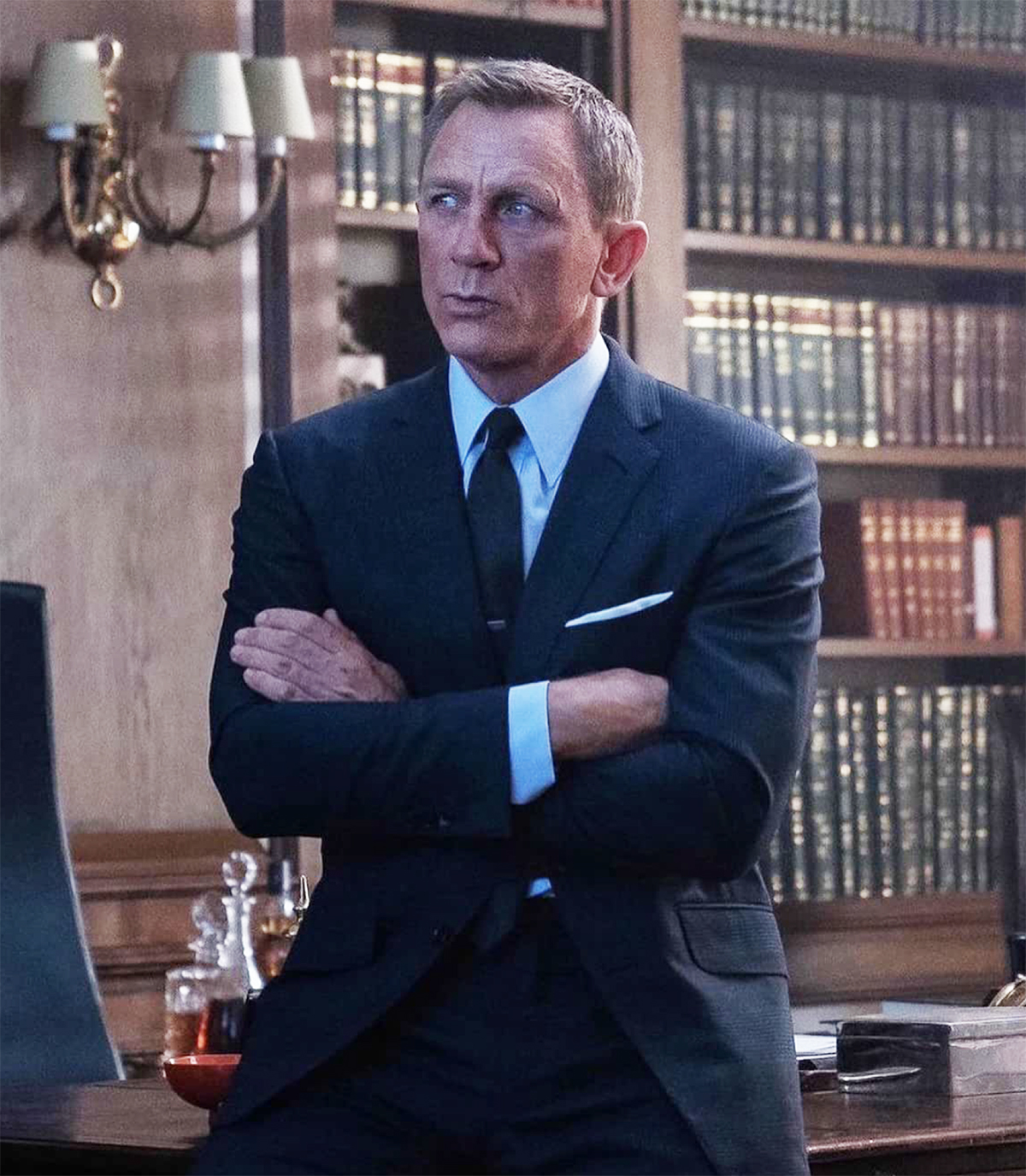
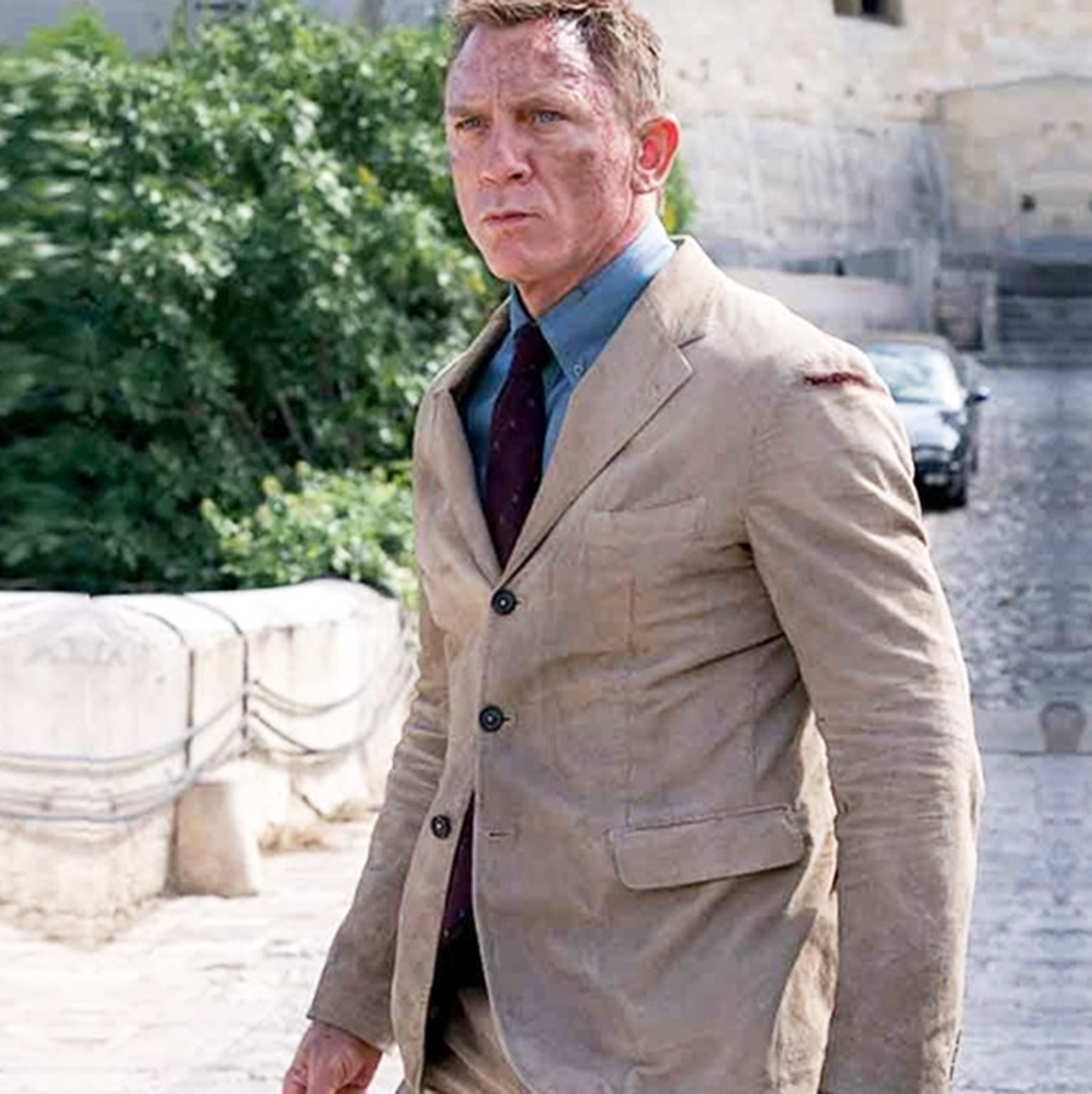
The tuxedo-clad daredevil “spy” narrowly skirts death in an helicopter fight in Spectre when Sciarra and Bond keep shoving each other off the aircraft that’s already spinning vertiginously and threatening to crash into thousands of people celebrating the ‘Day of the Dead’ in Mexico. Later on, Bond again narrowly skirts death when he is held down by restraints and a drill is being inserted into his neck by arch-villain, Blofield. Bond manages to bust off the chair by getting Swann to remove his watch, which as we all know, is also a handy explosive device! In the plane-chase scene in Quantum of Solace, when Bond’s plane catches fire, Bond decides to jump off the plane without his parachute, banking on the certainty that his parachuted girlfriend will land close enough to him. Of course, there is not a wrinkle on his suit when he lands! This is the narrative structure of a Bond movie.
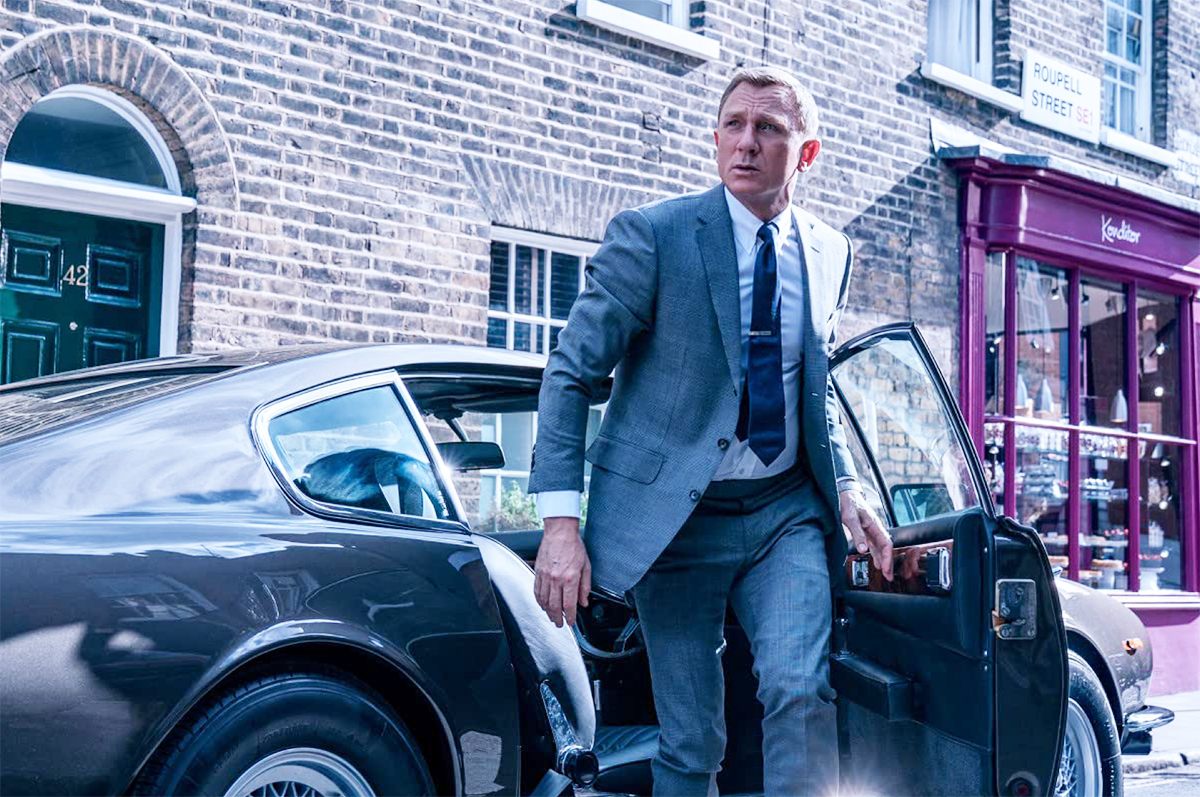
Bond speaks only through action, and it is the lure of the “impossible” that takes us to a Bond movie. The magic of a Bond movie is that it does not confuse possibility with actuality. It is UNREALISTIC — that’s why we watch it.
The villain in this final Craig-Bond film is Lyutsifer Safin — played by Rami Malek — and he is less physical than the older Bond villains. He starts out by being a terrifying villain but later morphs into a rather boring specimen of the talkative megalomaniac. The scene with Bond and Safin in the pond together looks like a bad conversation between married couples where one partner is justifying too much. The villain is given too many lines to justify his actions, and proclaims that by building a biological weapon that uses lethal nanobots that can be attached to a person, as he does to Swann, “he is really giving the world just what it really wants.”
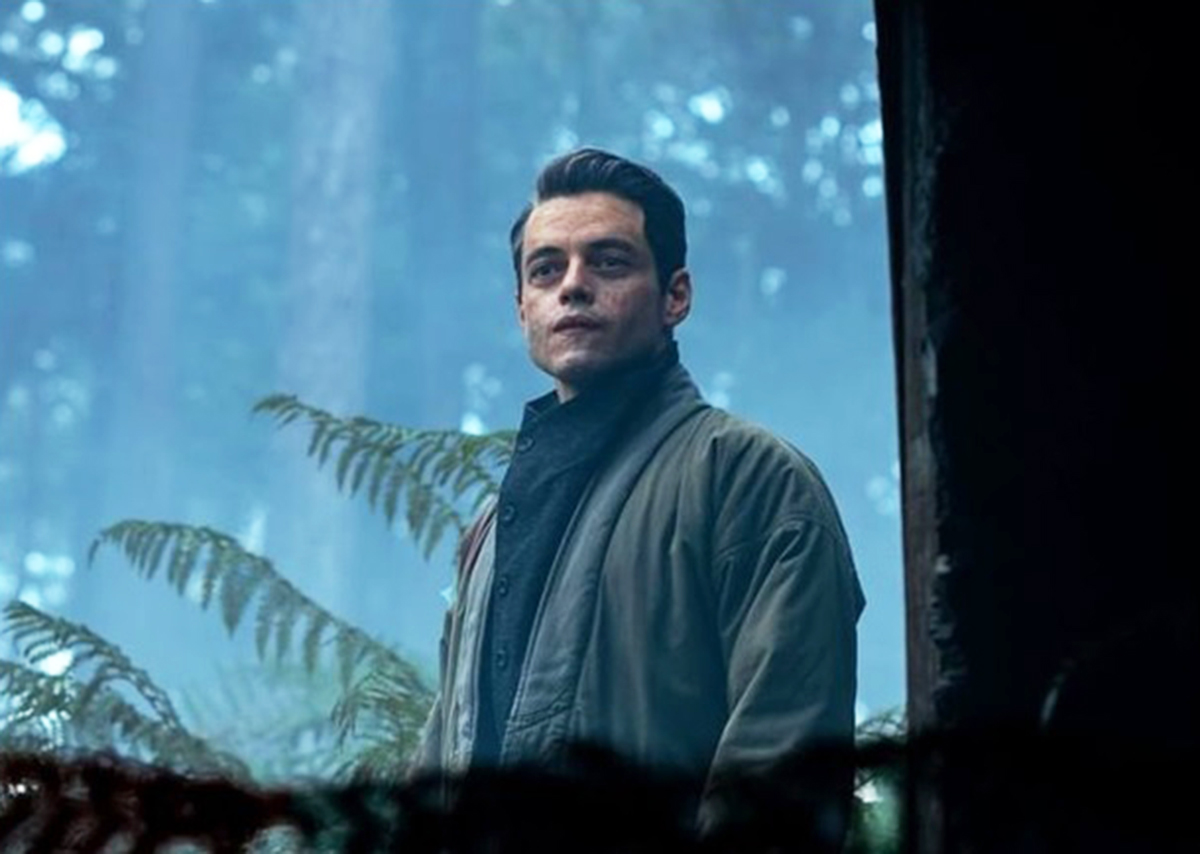
For Fukunaga, Bond has been “basically a rapist,” and stands for “toxic masculinity.” This film corrects and reforms Bond for a bemused audience. First, those liaisons from the older Bond movies have to go! Sex in this Bond movie is replaced by sexual jokes. Even in the signature Bond scene — a stylized fight-scene with Palomo — when sex seems fitting, there is none. After gulping the shaken-not-stirred Martini before Bond has time to blink, Palomo, played by Ana de Armas, the stunning Cuban actress, saves Bond from a surprise attack, shoots the bad guys, does amazing back-flips, and all this in an exquisitely revealing drop-dead gorgeous gown. Bond gushes: “You were excellent,” and she responds with stiletto-sharp humor: “You were excellent too. Next time, stay longer!” and she is gone.
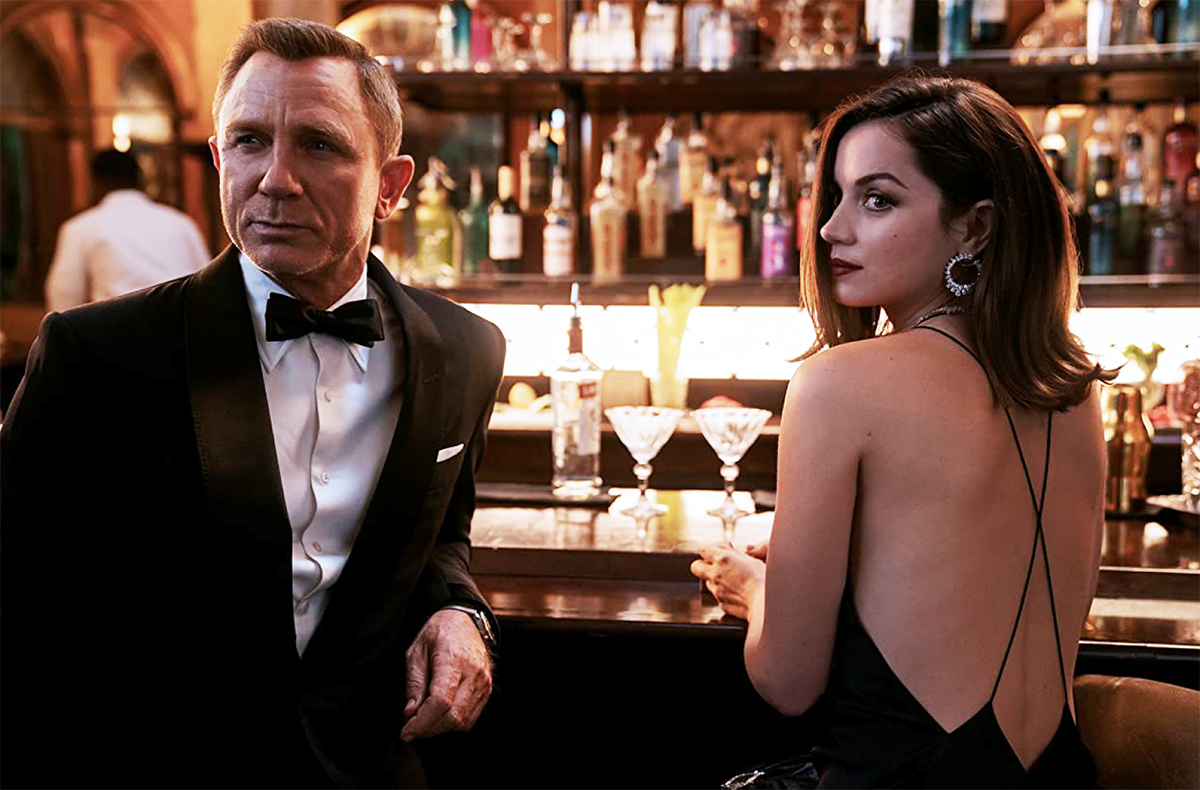
The stated claim of the director is to “give women stand-alone roles” but this movie does not really give the women in the film — Swann, Miss Moneypenny, Nomi — much by way of standalone roles. The women in the film have no reality of their own. This is ironic for a film that is being praised so lavishly for its feminist outlook. Feminist outlook cannot just be achieved just through body-image, cool costumes, and clichéd gestures.

Lashana Lynch plays Nomi, a young, attractive, reliable, and calm 007 who has replaced the wreck of the well-built and handsome man that Bond used to be and does what she is told by her boss. But a sensitive Bond open to being teased by Nomi is not the only project of this movie; Bond also has to be shown as willingly forfeiting his ill-gotten white-male privilege. Bond has to be shown stumbling, falling, kneeling, overwhelmed, weakened, and bleeding.
This film gives us a beleaguered Bond, a family-man, more hunted than hunter, and by the end of the film, dispensable; even irrelevant. This film killed 007 for good!
The final scene asks us if Bond as Bond can endure after what the film has subjected it to? Bond reaches Safine’s lair, a World War II base Safine is using to farm bio-weapons for world-wide destruction of people. Bond finds out that Swann and Mathilde (Lisa-Dorah Sonnet) have been kidnapped by Safine but Safine manages to escape and also to close the blast doors. For the missiles to work, the doors need to be opened, and Bond opens them so that Q, who is on a plane, can shoot missiles into it and destroy the bio-weapon farm. But at the last-second, when he might have escaped, Bond finds out that he has been injected with a bio-weapon that makes it impossible for him to get anywhere close to Swann and his daughter Mathilde. So, Bond decides to stay on in the island and sacrifice himself for the sake of world safety.
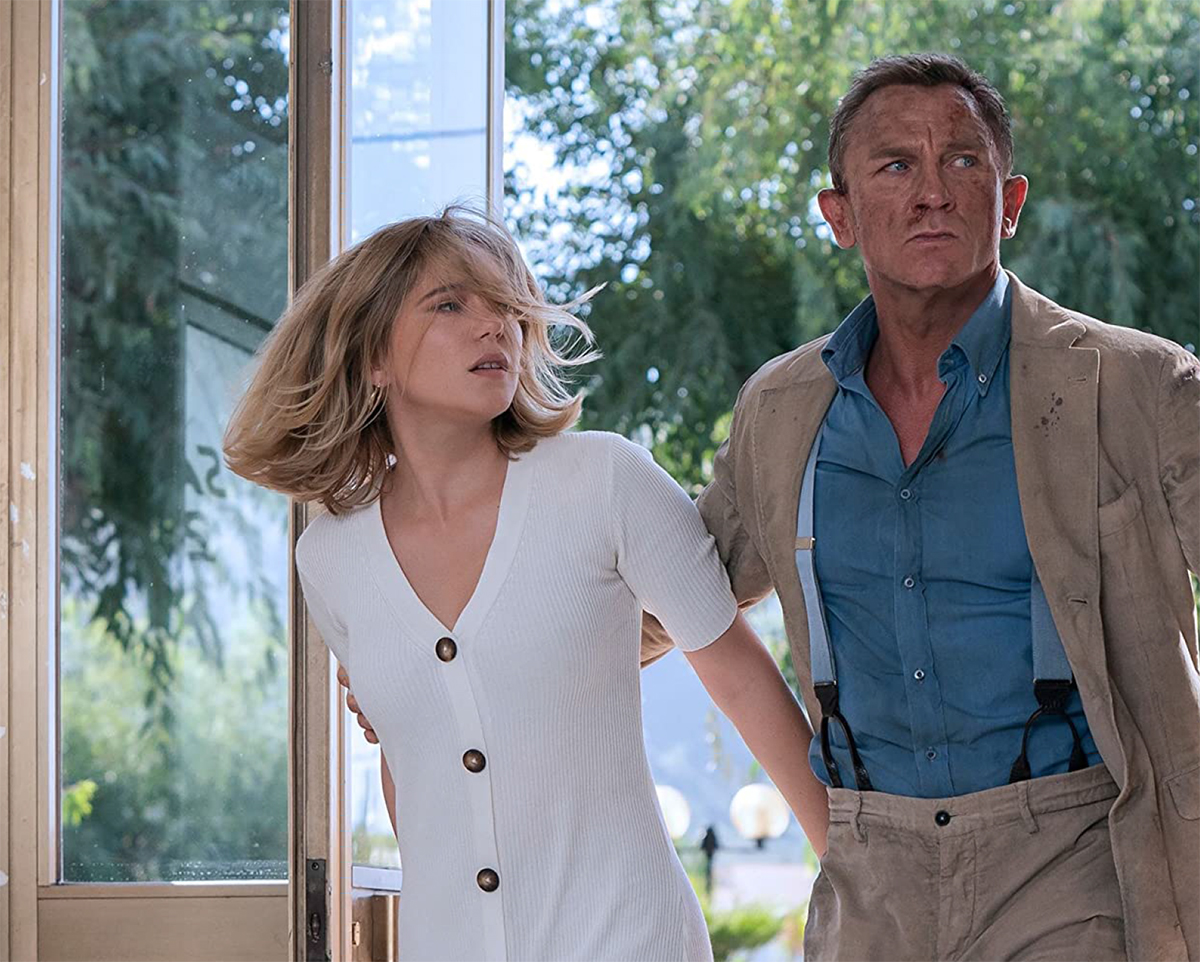
With nine missiles landing on him, Bond, who has given to Swann’s daughter the brightness of his eye, has only this to say to Swann: “You have created this beautiful thing!” Bond is effectively saying, ‘You do not need me anymore.’ The camera then pans to a shot of Nomi, Swann, and Methilde, women in equity, driving away. Bond’s sacrifice will be put into a story.
I wish I could say I was pierced by a sense of tragedy by this absurd ending which left Bond trapped on an island that is going to blow up in a few seconds, while Swann, at the other end, has already started to turn what is yet to happen into a story for her daughter. Instead, I faltered between anger and disbelief at this ridiculous ending, and ate a tub of ice-cream.
The goal of this film was to not only dethrone Bond but to stage the irrelevancy of Bond in our post Me-Too, post-Woke world of global-liberal democracy. Much energy and effort has been expended by the Bond Production team — $250 million spent on promotions alone — to convince us that a new Bond can be forged, and that we can all agree to forget that Bond used to be “sexist,” and “ageist,” and “fattist,” and “white-privileged-racist” etc., because this film will make Bond a dead thing, and all of that will go into the dustbin of history, like all those offending statues that had to be destroyed. And, all this for our young Woke audience, who do not even really watch Bond movies! However, Bond is an important and popular cultural figure that is profitable to reinterpret, so we will destroy the movie and turn it into a teach-in!
More from Culture
Comments
*Comments will be moderated











